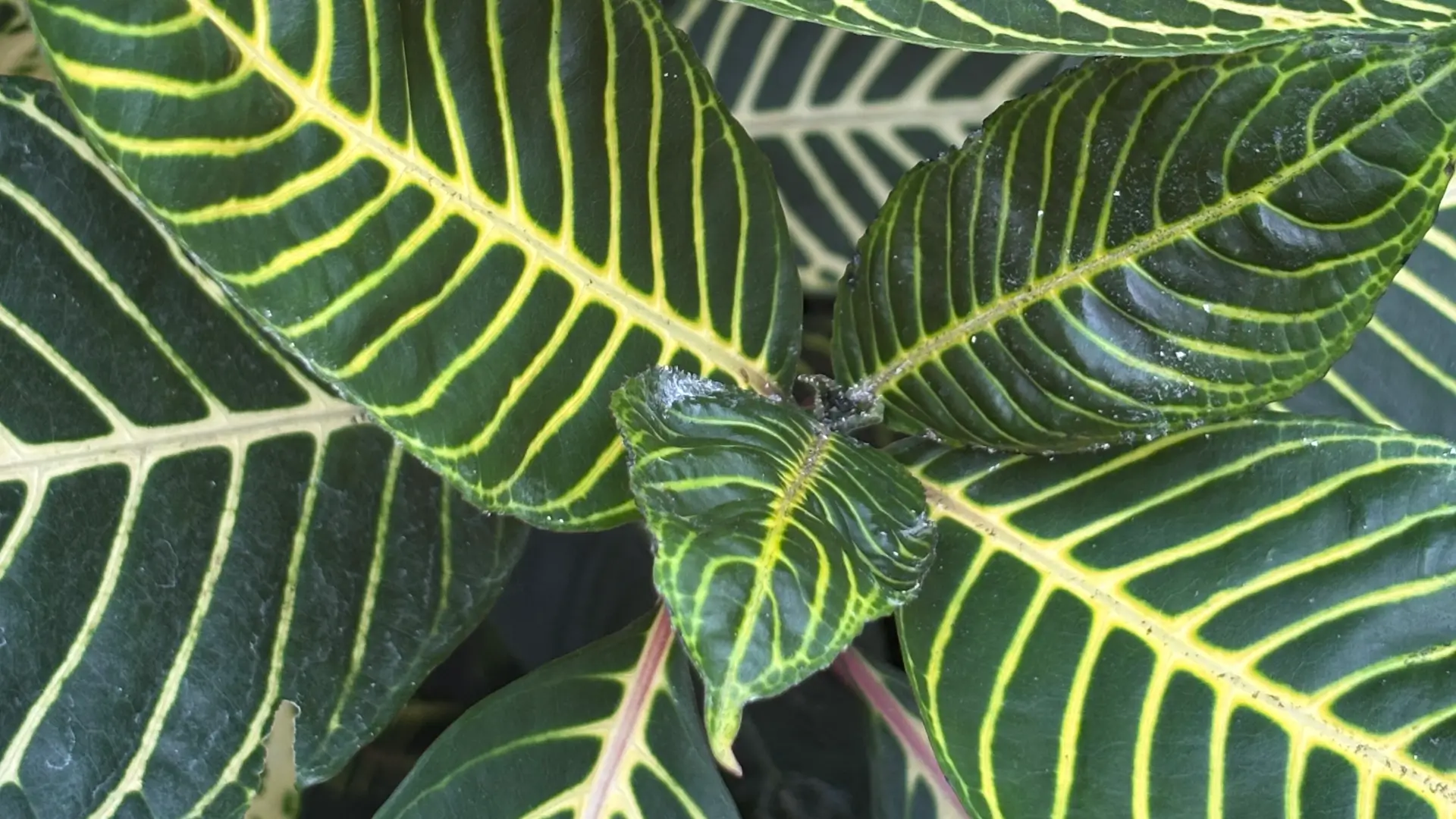Manually sifting through hundreds or thousands of images to organize your library can drain hours of productivity. By tapping into AI-powered tagging services, you can automatically assign descriptive labels—such as “beach,” “sunset,” or “birthday party”—to every photo in your collection. These lifehacks will show you how to choose the right AI service, integrate it into your favorite photo app, fine-tune tags for accuracy, automate batch workflows, and maintain an up-to-date, searchable image library without ever lifting a finger to type.
Selecting the Right AI Tagging Service

Your first lifehack is picking an AI provider that matches your needs for speed, cost, and accuracy. Leading options include Google Cloud Vision, Amazon Rekognition, and Microsoft Azure Computer Vision, each offering pre-trained models capable of identifying objects, scenes, faces, and more. Open-source alternatives—like the CLIP model or local deployments of the open-source ImageAI library—let you keep data on-premises for privacy. Before committing, use a small sample of your photos to compare tag relevance, false positives, and API latency. Choose a service that not only recognizes everyday content but also supports custom training or keyword filters, so it can adapt to your specific photo genres—family events, product shots, or nature landscapes—for reliable, tailored labeling lifehacks.
Integrating AI Tagging into Your Photo App
Once you’ve selected a service, the next step is connection. Most AI providers expose RESTful APIs: send a base64-encoded image or a public URL and receive a JSON response of tags and confidence scores. In your desktop or web photo application, add a background task that, upon import, sends each new image to the AI endpoint and writes returned labels into your app’s metadata fields. If you’re using Lightroom or Apple Photos, leverage scripting support or plugins—many communities have already built extensions that handle API calls transparently. A helpful lifehack is to map higher-confidence tags into core keyword sets automatically while flagging lower-confidence suggestions for manual review, ensuring your library gains structure quickly without sacrificing accuracy.
Fine-Tuning Tag Accuracy and Relevance
AI isn’t perfect out of the box, so you need lifehacks to improve precision. Start by filtering out overly generic or irrelevant tags—terms like “outdoor” or “person” add little value. Use allow- and block-lists in your tagging script to exclude unwanted labels and boost keywords that matter most. Many AI platforms support custom training: supply a handful of correctly tagged images to teach the model your unique categories—like “product launch,” “wedding reception,” or “sunrise hike.” You can also apply confidence thresholds, discarding tags below, say, 70 percent confidence to reduce noise. By refining both the input and output of your tagging pipeline, you guarantee that your photo library becomes searchable by the labels you actually care about.
Automating Batch Workflows and Scheduling
With your integration and tagging rules in place, automate large batches and ongoing imports. Set up a scheduled job—using cron on macOS/Linux or Task Scheduler on Windows—that scans designated folders for new images every hour or every night, then sends untagged files to your AI service. For cloud-synced libraries, trigger tagging whenever a file lands in your Dropbox or Google Drive folder. To process thousands of images efficiently, batch them into groups of 50–100 per API call (where supported), reducing HTTP overhead and staying within rate limits. Finally, log tagging results and errors to a local file, so you can quickly spot and retry any failed images. These automation lifehacks turn a mountain of photos into a neatly indexed library without manual intervention.
Maintaining and Scaling Your Tagging System

Over time, your photo library and tagging requirements will grow, so it’s essential to maintain and scale your workflow. Periodically review your tag allow-list and block-list, adding new keywords as they become relevant—seasonal events, evolving product lines, or new family members. Monitor your AI usage and costs in the provider’s dashboard, and consider moving older, infrequently accessed batches to a cheaper storage tier once they’re tagged. If your local server CPU becomes a bottleneck, shift to serverless functions or managed AI services that auto-scale. Finally, back up your metadata to a version-controlled repository, so you can restore tags or roll back changes if needed. By treating your auto-tagging setup as a living system, you’ll keep your photo library organized, searchable, and ready for whatever new images arrive.





